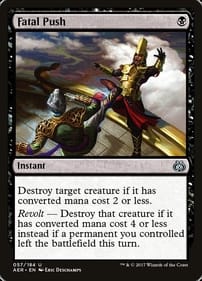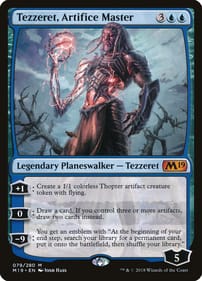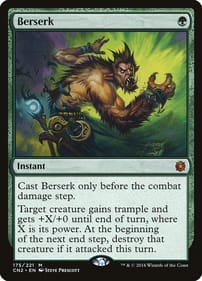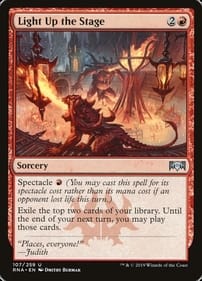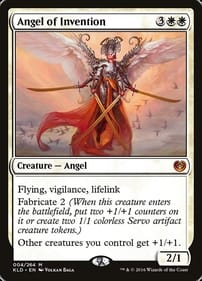Magic: The Gathering Colors Explained
In Magic: The Gathering, colors are used to represent different philosophies and styles of play. There are five colors in Magic: The Gathering, and each one has its own unique characteristics and themes:
White: White is the color of order, law, and community. White cards focus on protecting creatures, gaining life, and creating tokens to represent armies or support structures. White cards are often used to represent knights, soldiers, and clerics.
Blue: Blue is the color of knowledge, illusion, and trickery. Blue cards focus on countering spells, drawing extra cards, and manipulating opponents' hands and libraries. Blue cards are often used to represent wizards, merfolk, and other creatures associated with water.
Black: Black is the color of death, power, and ambition. Black cards focus on destroying creatures, sacrificing creatures for power, and manipulating life totals. Black cards are often used to represent necromancers, demons, and vampires.
Red: Red is the color of passion, chaos, and destruction. Red cards focus on dealing direct damage to creatures or players, playing aggressively, and sacrificing cards for temporary gains. Red cards are often used to represent goblins, dragons, and other creatures associated with fire.
Green: Green is the color of nature, growth, and strength. Green cards focus on playing large creatures, gaining mana, and protecting creatures from harm. Green cards are often used to represent elves, beasts, and other creatures associated with forests.
Players can create decks using any combination of colors, with each combination offering different strengths and weaknesses. Additionally, there are also colorless cards, which don't belong to any specific color and can be used in any deck.



